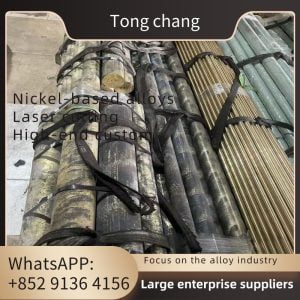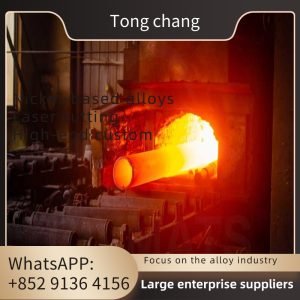| Material: | Stainless | Size: | Customized |
|---|---|---|---|
| NDT: | UT, PT | Application: | Heat Exchanger |
ASTM A182 F316L STAINLESS STEEL TUBESHEET HEAT EXCHANGER
What is tubesheet?
A tubesheet is a flat metal plate with holes drilled to allow the passage of tubes in a heat exchanger. It is located at the ends of the heat exchanger and serves as a support for the tubes. The tubes are either welded or expanded into the holes of the tubesheet to ensure a tight and secure fit. The tubesheet is typically made of materials such as carbon steel, stainless steel, or non-ferrous alloys, depending on the specific application and operating conditions. It plays a critical role in maintaining the structural integrity and efficient functioning of the heat exchanger by providing support, preventing leakage, and facilitating the transfer of heat between the two fluids in the exchanger.
Tubesheet Analysis Method
Displays the standard to use for analysis:
- TEMA – Tubular Exchanger Manufacturers Association
- ASME – ASME Section VIII, Division 1, Section UHX or ASME Section VIII, Division 2, Part 4
- The option selected in Design Code determines whether the software uses Division 1 or Division 2.
- PD 5500 (British Code) – British Pressure Vessel Code, Section 3.9, Flat Heat Exchanger Tubesheets
- EN-13445
Exchanger Type
Select the type of heat exchanger.
U-Tube has only one tubesheet. The tubes are bent in the form of a "U." The bundle can removed for maintenance, but the inside of the tube is harder to clean because of the bend.
Fixed has two tubesheets that are fixed at each end of the exchanger and are connected to each other by straight tubes. Both the tubesheets are stationary, so differential thermal expansion can develop between the shell and the tubes. An expansion joint is sometimes required to absorb the thermal growth. You must select a fixed type of tubesheet exchanger to perform finite element analysis (TONG CHUANG) on expansion joints.
Floating has one tubesheet that is fixed (stationary) and one that is free to move. Because one tubesheet floats, any differential thermal expansion between the shell and tubes is absorbed. This category of exchangers is the most versatile and also the costliest. Tubes can also be cleaned easily compared to U-tube exchangers.
SS316L Chemical Composition
| Grade Symbol | UNS Number | Alloy | Elements | Composition% |
| F316L | S31603 | 18 chromium, 8 nickel, modified with molybdenum, low carbon 316LG | Carbon | 0.030 max |
| Manganese | 2.00 max | |||
| Phosphorus | 0.045 max | |||
| Sulfur | 0.030 max | |||
| Silicon | 1.00 max | |||
| Nickel | 10.0-15.0 | |||
| Chromium | 16.0-18.0 | |||
| Molybdenum | 2.00-3.00 | |||
| Nitrogen | 0.10 |







